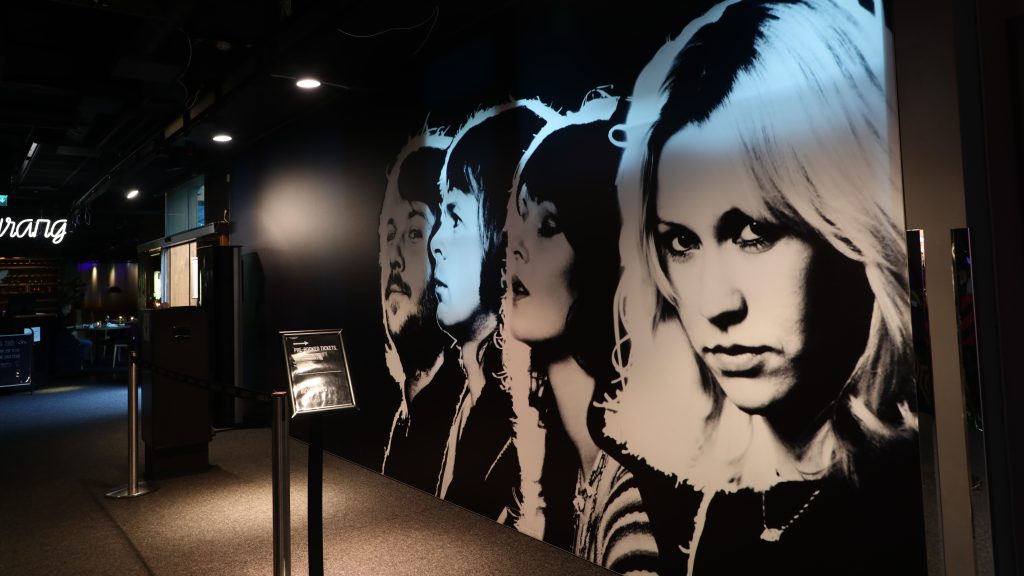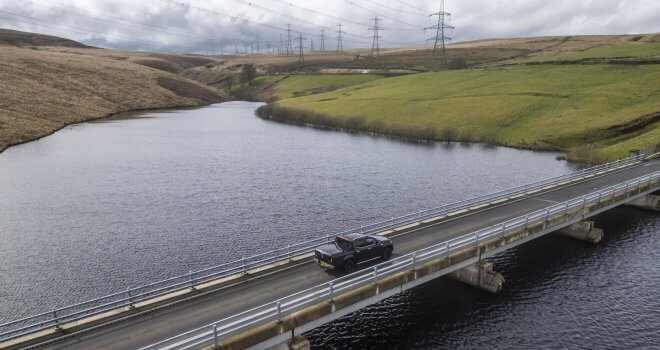ABBA Voyage: The Project View

This year, London welcomed back Sweden’s finest musical export – ABBA – reviving the band’s historic performances via a virtual concert experience. ABBA Voyage features virtual avatars – depicting the group as they appeared in 1977 – dancing around the ABBA Arena, a purpose-built venue at the Queen Elizabeth Olympic Park in London.
This unique project required collaboration between multiple experts and companies, who worked together to plan and create avatars, build the venue, design the set, and prepare never-been-done-before lighting – and that’s just the start. While the concept of deep fake entertainment has been explored by others in recent years, this project is the first of its kind when it comes to scale and success.
The plans for ABBA Voyage began back in 2016, when architects deployed top of the range technology and innovative venue design to bridge the chasm between the physical and digital realities. While many were initially sceptical of its potential, this project has been a huge success and was named as one of PMI’s Most Influential Projects for its showcase of collaboration, agility and technology.
The power of technology and teamwork
The six-year, £145 GBP million project began by creating “ABBAtar” digital twins of the Dancing Queen singers—all of them now in their 70s—and is a masterclass not only in harnessing new technologies, but in collaboration.
Working in tandem, teams from visual effects company, Industrial Light & Magic (ILM), and the project management team crafted hyper-realistic virtual versions of the band members by filming the band performing in motion caption suits, with 160 cameras scanning their body movements and facial expressions. Following this five-week process, 850 team members across four of ILM’s global studios developed and animated the avatars, marrying technology with emotion to create ABBA in 2022.
Working in a team of this size – which ABBA Voyage director Baillie Walsh said made the studio feel “like NASA” – can risk disruption, but the team navigated its way through by focusing in on its communication, agility, and expectation management.
The ability to communicate is a power skill that will enable business success in 2023. Our most recent Pulse of the Profession survey identified communication as the most effective power skill, regardless of region, industry, or years of experience.
However, creating the ABBAtars was only half the challenge—the team also had to build a space that could bring them to life. So, entertainment architecture studio Stufish joined the project in 2019 to design and build a 3,000-person ABBA Arena.
Collaborating to create the perfect venue
The true scale of the ABBA Voyage project becomes evident when looking at the multiple micro-projects – across production and construction – that took place simultaneously throughout the process.
While the technical team worked to create its ABBAtars, Stufish began work on a brand-new venue to host the show. Stufish’s team first travelled to Stockholm to meet with the show’s producers – ILM and ABBA – to finalise their brief. This included the challenge of creating aa fully-demountable building, which would allow it to be taken down and relocated to other cities.
This cross-border collaboration was an obstacle, and with the show’s production plans and the arena’s construction happening concurrently, the team needed clear decision-making processes to keep everyone aligned and on schedule.
“This complex project took a lot of diligence within the teams,” says Alicia Tkacz, a partner and architect at Stufish in London. “There were clear lines of responsibility and decision-making. The processes and approvals steps needed to be clear from the start, to ensure we met the ambitious timeline.”
The project team quickly settled on a site in Queen Elizabeth Olympic Park but, because the land was contaminated, the team had to design the structure in a way that wouldn’t require waste removal. The solution was to situate as much of the the structure as possible on tarmac, so its foundations only penetrated the ground in 18 places.
The ABBA Voyage project demanded its teams to have problem-solving skills – as exemplified above – that could be deployed at speed to navigate challenges and avoid scope creep. This is yet another example of how the team deployed power skills to bring the Swedish supergroup to London.
Power skills prevailed
ABBA Voyage is an influential project that will inevitably inspire more to come in the future, in its management, groundbreaking use of technology and ability to bring musical stars to more fans across the world.
From the offset, this project was highly ambitious and faced a multitude of obstacles for the teams involved. Working collaboratively, communicating, being agile and harnessing the power of technology – otherwise known as power skills – are what ensured a successful end result.
The key lesson project managers can take from the recreation of ABBA, is that power skills can set you apart in your current and future career. By leveraging power skills successfully, your team, too, can be the winner that takes it all.
Manny Gill is Business Lead UK at Project Management Institute.




